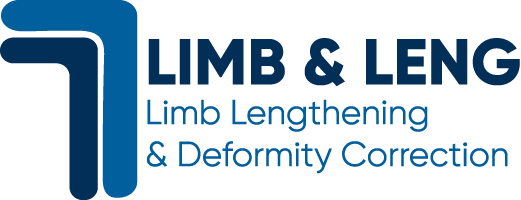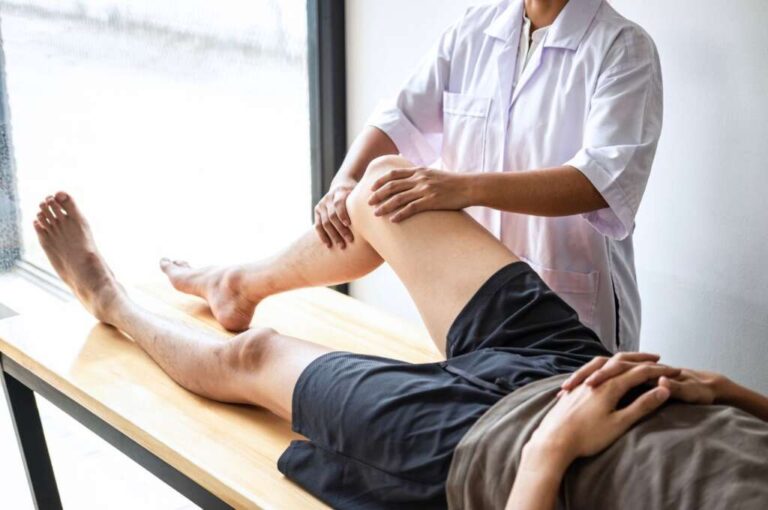Cosmetic limb lengthening surgery is performed according to a personalized plan determined by our expert doctors following a detailed examination. After the surgery, the process is supported by a regular physical therapy program. In this way, we offer you a customized roadmap to achieve your desired height.
The answers to questions such as which limb lengthening surgery technique will be used, how much your height will increase, and how long the process will take are determined by our expert doctors following a thorough examination.
Cosmetic limb lengthening surgery not only changes your physical appearance but also boosts your confidence.
Take the first step to change your life and achieve a taller height by contacting us today.

Limb Lengthening Surgery Methods
Ilizarov Method
Combination System
Motorized Nail System
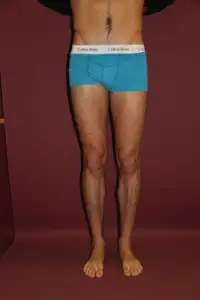

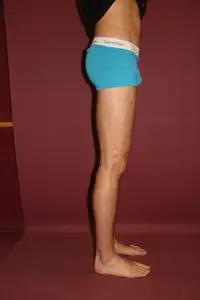
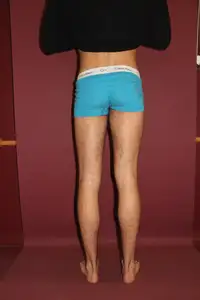
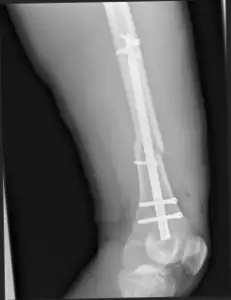
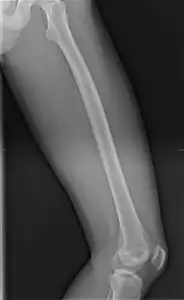
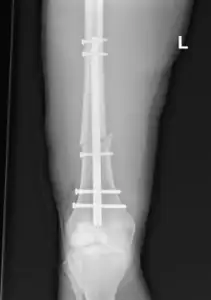
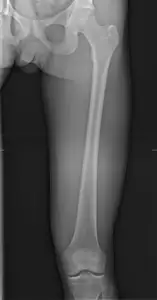
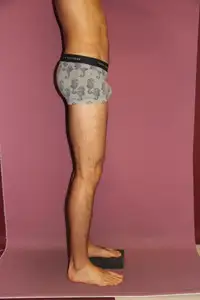
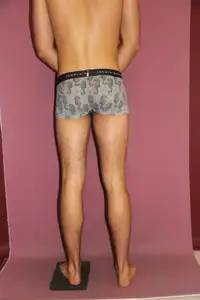
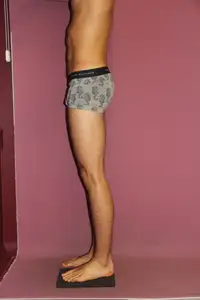
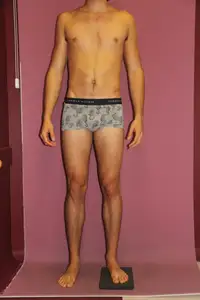
What Will Your Limb Lengthening Surgery Process Be Like at Limb Leng?
A fantastic team will accompany you throughout the entire limb lengthening surgery process in Istanbul. Would you like to explore all the services we offer for you?
Through our website, you can access details on surgery techniques, durations, processes, and all the information you’re curious about.
During your online consultation with our doctors and physical therapy team, you can clarify all the details and get answers to your questions about the surgery.
Our experienced team meticulously plans and organizes all the processes on your behalf.
As soon as you arrive in Istanbul for your treatment, our reception team will greet you at the airport and arrange a hotel where you will have the best accommodation experience.
You will be admitted to the hospital one day before the limb lengthening surgery, and our team will assist you with all the necessary tests.
Our experienced surgical team selects the most suitable type of surgery for your limb lengthening procedure and performs the operation.
After the surgery, our professional physical therapy team will be by your side to help you take healthier steps and complete the recovery process smoothly.
As you prepare to return home after the surgery, both our doctors and physical therapy team will conduct your check-ups and inform you about the key points you need to be mindful of.
It’s time to return home in good health. If you have any questions or requests, you can reach our patient relations team 24/7.
Most Researched Topics in Limb Lengthening Surgery
Frequently Asked Questions
Why Choose Turkey and Limbleng for Limb Lengthening Surgery?
Advantages of Limb Lengthening Surgery in Turkey
- Affordable Costs: Compared to other countries, limb lengthening surgery in Turkey is offered at more affordable prices.
- Touristic Opportunities: After the surgery, you have the chance to explore Turkey’s historical and natural beauties.
- Cultural Richness: Turkey is a country rich in history and culture. You can visit many tourist attractions such as Istanbul’s historic peninsula, the enchanting landscapes of Cappadocia, and the ancient ruins of Ephesus before or after the surgery.
- Gastronomy: Turkish cuisine is famous worldwide for its flavors. You can enjoy local delicacies such as kebabs, baklava, mezes, and more.
Advantages Provided by Limbleng
- Expert Surgeons: Limbleng works with experienced and specialized surgeons in the field.
- Comprehensive Care: Comprehensive healthcare services are provided before and after the surgery.
- Comfortable Accommodation: Luxurious accommodation options are offered to ensure the comfort of patients.
Who is Eligible for Limb Lengthening Surgery?
- Those Uncomfortable with Short Stature: Suitable for individuals who are unhappy with their physical appearance and wish to increase their height.
- Medical Reasons: Also a suitable solution for individuals with leg length discrepancies or orthopedic issues.
What Are the Risks of Limb Lengthening Surgery?
Possible Complications:
- Infection: There is a risk of infection following the surgical procedure.
- Nonunion of Bones: In some cases, there is a risk that the bones may not heal properly.
- Pain and Discomfort: Pain and discomfort may be experienced after the surgery.
Minimizing the Risks:
- Experienced Surgeons: The risks are minimized with surgeries performed by experienced surgeons at Limbleng.
- Comprehensive Care: Regular check-ups and care services after the surgery help to minimize complications.
